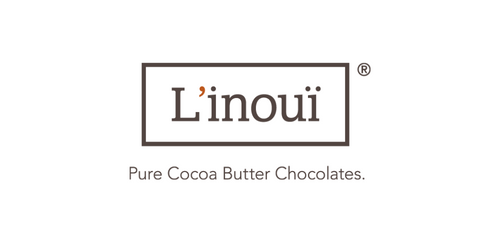White Chocolate
It is easy to identify white chocolate by its cream or ivory color. An emulsifier (lecithin) is used to make the chocolate blend together ingredients like sugar, cocoa butter, milk, and vanilla. Unlike other types of chocolate, white chocolate does not contain any cocoa powder. This gives it a lighter color and smoother texture. White chocolate is also the sweetest type of chocolate, with a lower percentage of cacao beans than milk or dark chocolate.
While white chocolate is technically a type of chocolate, it does not contain any of the health benefits that are typically associated with eating dark or milk chocolate. Cocoa butter, the main ingredient in white chocolate, is high in saturated fat and can contribute to heart disease. White chocolate also tends to be higher in sugar than other types of chocolate.If you're looking for a rich and creamy treat, white chocolate is a good option. But if you're looking for something that's healthier or less sweet, you might want to choose another type of chocolate instead.
Milk Chocolate
Milk chocolate is a type of chocolate that contains milk solids, cocoa butter, and sugar. Milk solids add creaminess and sweetness to the chocolate. Cocoa butter is what gives chocolate its smooth texture. The percentage of cocoa butter in milk chocolate can range from 10% to 40%. Milk chocolates typically have a lower percentage of cocoa beans than dark chocolates. The addition of milk makes them milder in taste and easier to melt.
Milk chocolates are available in a variety of flavors including: sweet, semi-sweet, bitter, and unsweetened. Sweet milk chocolate is the most popular type and has a higher sugar content than the other flavors. Semi-sweet milk chocolates have less sugar and more cocoa flavor. Bitter milk chocolates have a strong cocoa flavor with little sweetness. Unsweetened milk chocolates do not contain any sugar.
Dark Chocolate
Dark chocolate has a higher cocoa content than milk chocolate or white chocolate.
Dark chocolate is made from cocoa beans that have undergone a fermentation process, which gives the chocolate its distinct flavor. The beans are then roasted and ground into a paste, which is used to make the chocolate.The higher cocoa content in dark chocolate also makes it a healthier choice than milk chocolate or white chocolate. Cocoa is rich in antioxidants and has been shown to improve heart health and reduce the risk of stroke.
Semisweet Chocolate
Semisweet chocolate is a type of dark chocolate that contains between 50% and 70% sugar. The rest of the semisweet chocolate consists of cocoa butter, milk solids, and flavorings. Semisweet chocolate has a rich flavor with sweetness that is not as overwhelming as other types of dark chocolate.
The main difference between semisweet and bittersweet chocolate is the amount of sugar that each type contains. Semisweet chocolate has more sugar than bittersweet chocolate, which gives it a sweeter taste. Bittersweet chocolate has a higher percentage of cacao beans, which gives it a richer flavor.
White chocolate is not technically considered to be true chocolate because it does not contain any cocoa powder. Instead, white chocolate is made from cocoa butter, milk solids, and sugar. White chocolate has a creamy texture and sweet flavor.
Bittersweet Chocolate
Semisweet and bittersweet chocolate both contain at least 35% chocolate liquor, according to the FDA. Chocolate liquor is the cocoa mass that's left after the cocoa butter is extracted from the cocoa beans. It's basically unsweetened chocolate, and it's what gives chocolate its bitterness. Cocoa liquor is also what gives chocolate its cacao percentage (you might see a dark chocolate that's 70% cacao, for example). Where the cacao is grown can greatly influence the taste of chocolate. Some chocolates may be fruity or earthy, while others may have notes of baked brownies.
Bittersweet chocolate generally contains more than 50% cocoa liquor, though, which is why it's so much more bitter than semisweet chocolate. The higher the percentage of cacao, the more bitter the chocolate will be. If you want to make a chocolate cake or brownies with a deep, rich flavor, bittersweet chocolate is a good choice. It can be quite astringent to the palate if you're not used to it.
Conclusion
Out of the three main types of chocolate, dark chocolate is by far the most popular. But, milk chocolate and white chocolate have their own distinct flavors that set them apart from dark chocolate. If you're a fan of chocolate, it's worth taking the time to learn about the different kinds so that you can choose your favorite.



